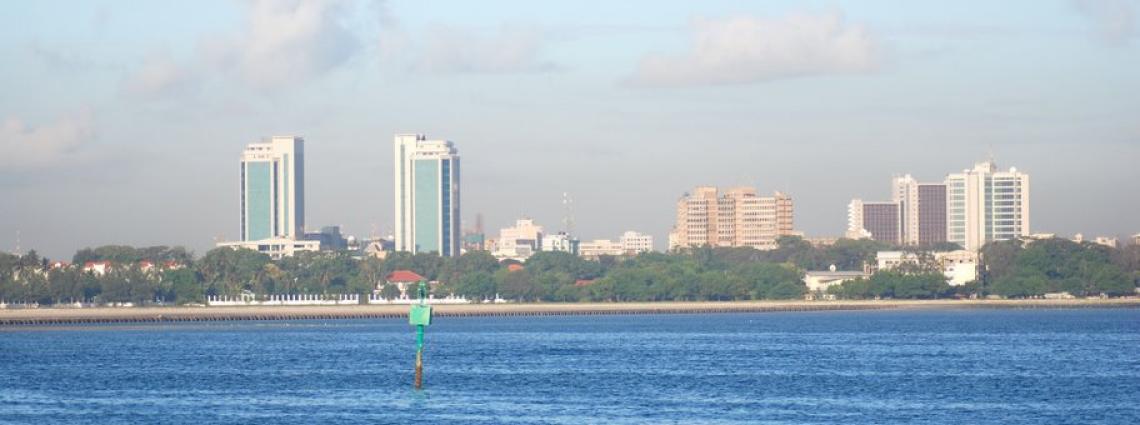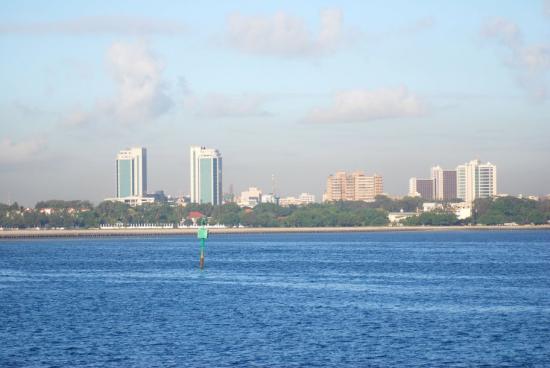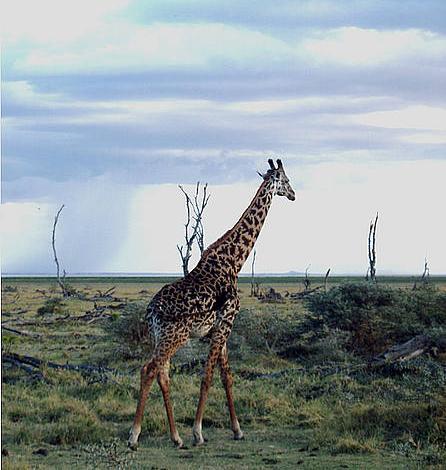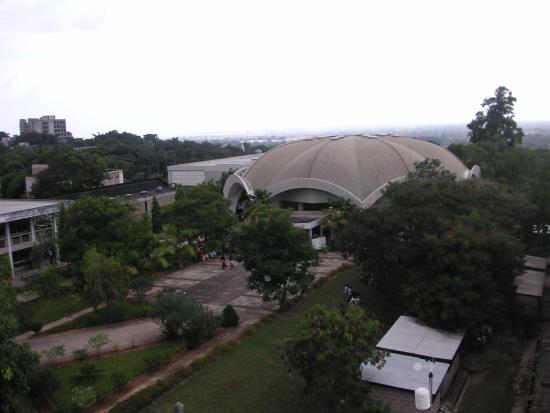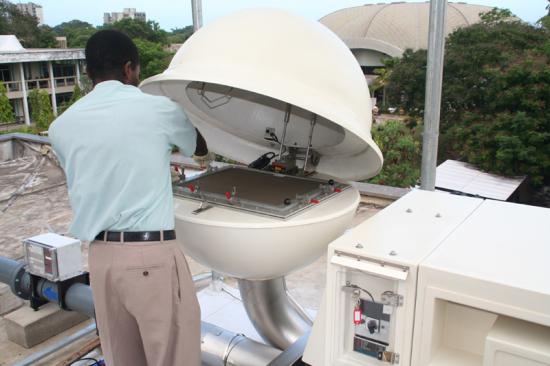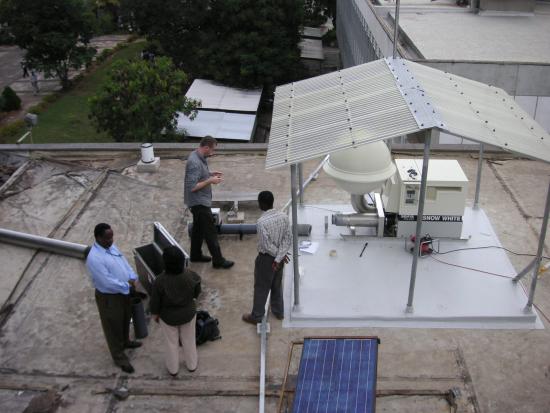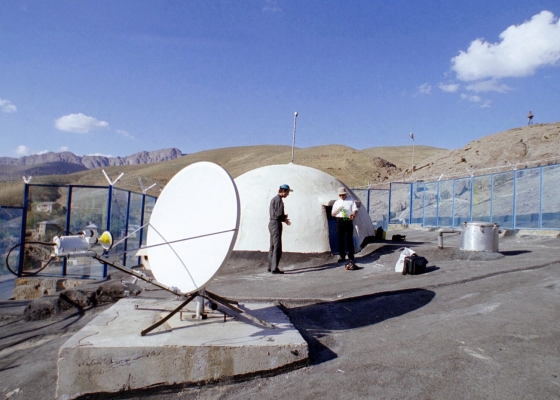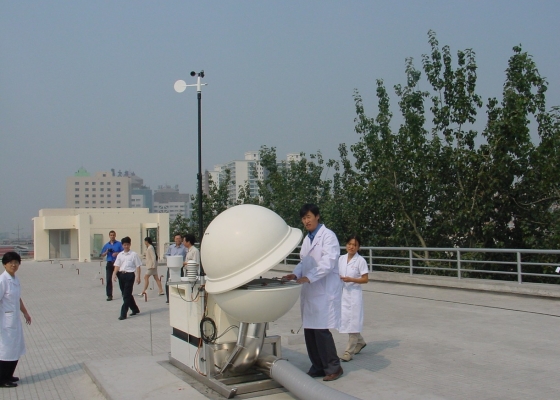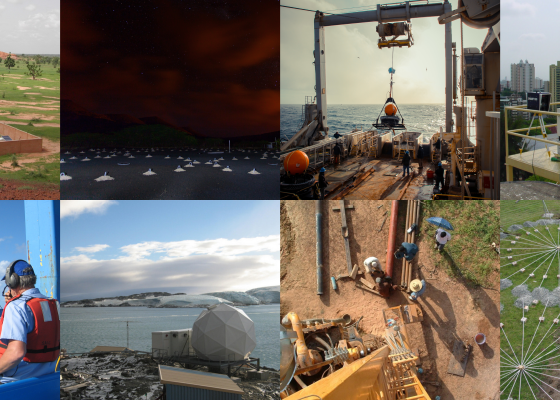RN64, Dar es Salaam, Tanzania

Dar es Salaam, Tanzania
Dar es Salaam

During the dry season temperatures can easily soar to above 35°C.
Weather and Geography
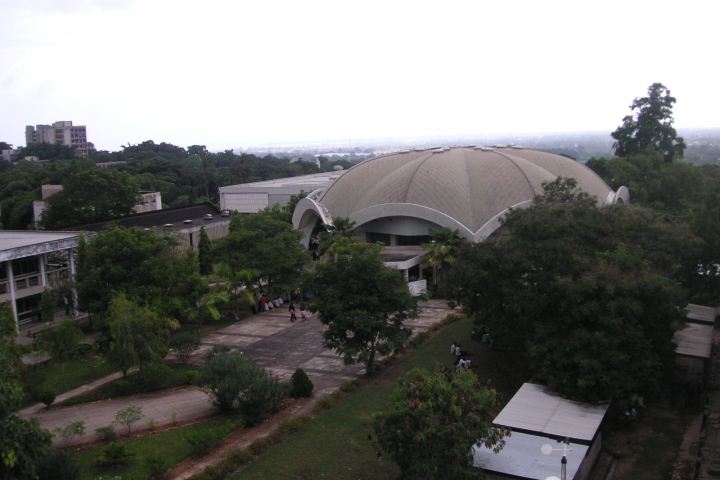
The radionuclide station RN64 is located adjacent to the Physics Building of the University of Dar es Salaam.
IMS Station Location
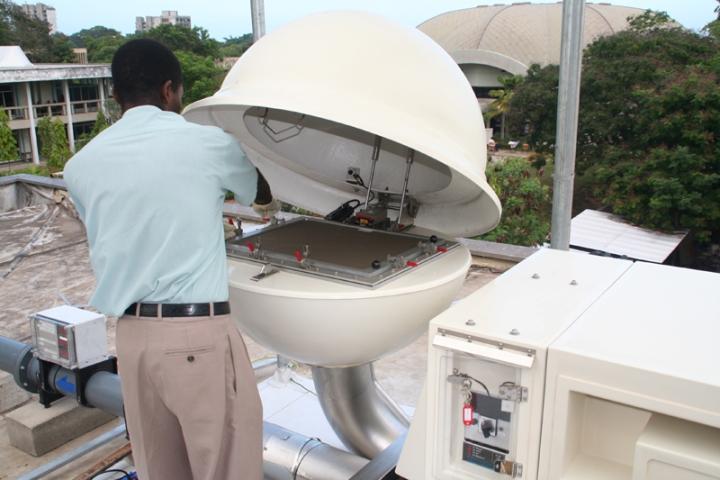
The station operation software is the standard CTBTO supplied package, and manages all station equipment.
Radionuclide Station Profile
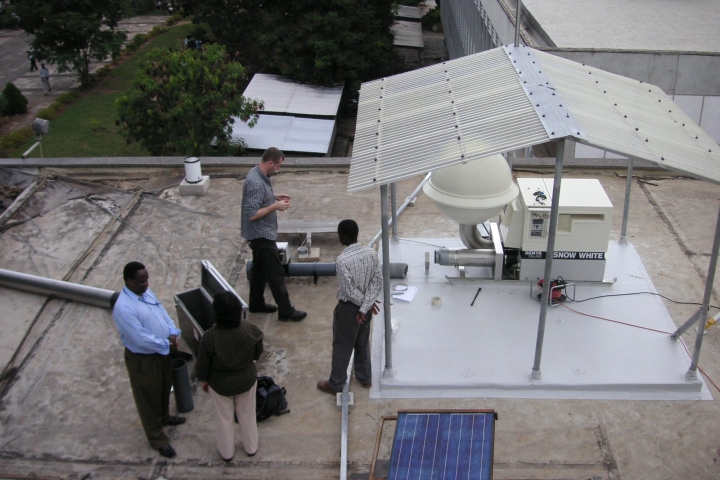
In terms of data availability, RN64 received a perfect score (100%) for the Testing and Evaluation period under consideration.
